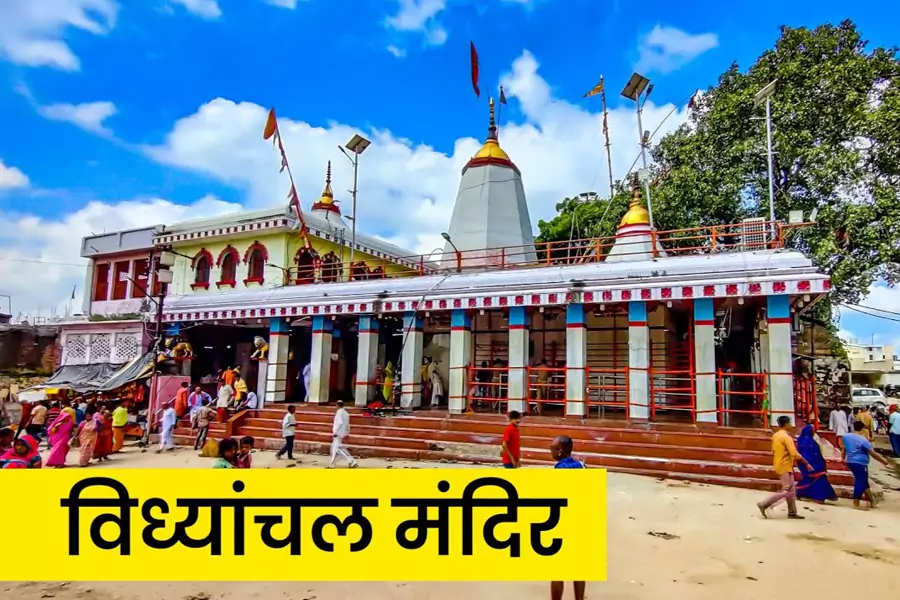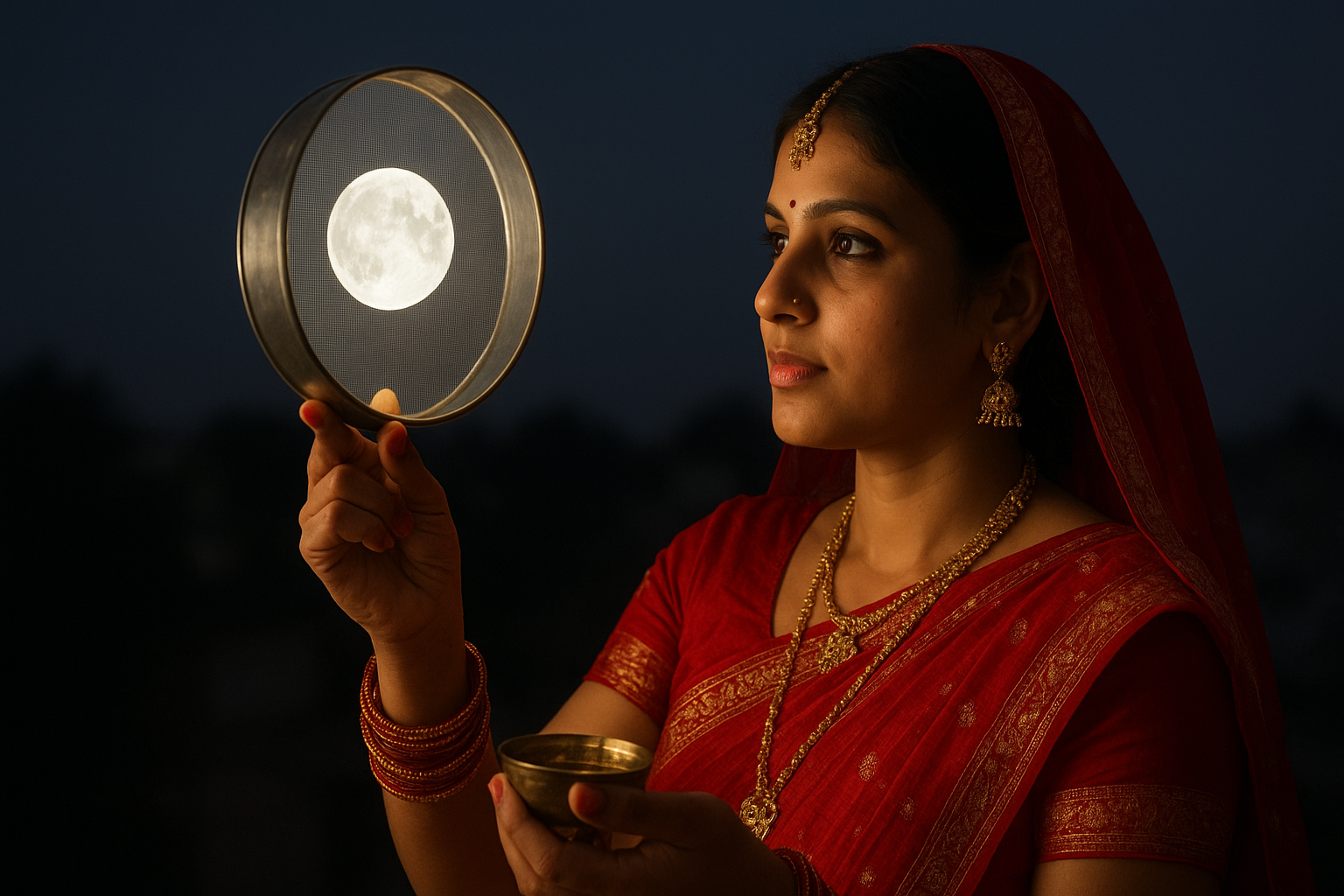Kedarnath Yatra 2025
One of the most potent and humble pilgrimages in India is the Kedarnath Yatra, which involves trekking into the high Himalaya to worship Lord Shiva at his historic shrine. Faith, the call of the mountains, and the prospect of spiritual rejuvenation motivate thousands of pilgrims to travel there each year, ranging from first-time visitors to seasoned sadhaks. Everything you need to make your yatra safe, easy, and spiritually rewarding is included in this 2025 guide: official dates, registration and darshan procedures, transport alternatives (including helicopter services), safety and health guidance, suggested itineraries, packing checklists, and practical advice.
Quick facts (must-know)
- Kedarnath temple opening (Kapat) in 2025: 2 May 2025 (early morning).
- Kedarnath temple closing (seasonal) in 2025: Dates are announced each year and typically fall in October–November; for 2025 closing was published around late Oct / early Nov in some official listings.
- Registration: Pilgrims are asked to register via the Uttarakhand Char Dham/Kedarnath registration portal or Uttarakhand tourism app.
- Helicopter (Shuttle) services & booking: IRCTC and state-authorized shuttle operators run helicopter services in 2025; bookings open through IRCTC Heliyatra and related portals. Fares vary by route.
(These are the most load-bearing operational facts — check the official portals right before travel for live updates and slot availability.)
Why Kedarnath matters
One of the twelve Jyotirlingas and the focal point of the Panch Kedar circuit is Kedarnath. The temple is located close to the Chorabari Glacier, and its bleak granite silhouette against the sky and snow creates an atmosphere that is both private and austere. A pilgrimage here is traditionally thought to atone for sins and provide spiritual blessings, but contemporary yatra planning also necessitates practical preparation due to the fact that crowds, weather, and altitude are actual obstacles.
Dates, opening & closing — what to expect in 2025
Every spring, following the thaw, Kedarnath’s gates (kapaat) open. Following the traditional rites, the official opening ceremony was held on May 2, 2025, early in the morning. Seasonal and weather-dependent, closing dates are typically announced by authorities prior to winter. Before you depart, always check the temple committee’s or Uttarakhand’s tourism pages for the final opening and closing dates.
Registration, tokens and darshan process
The temple committee and Uttarakhand’s tourism agency have placed a strong emphasis on online registration for pilgrims traveling to Char Dham and Kedarnath since 2023–2024. Free registration aids with crowd control, emergency response, and health inspections. Tokenized reservations or paid slots could be necessary for specific services (such as Rudrabhishek or VIP-style darshan slots). You will receive a registration slip or QR code that expedites base camp check-ins if you register via the official state webpage or the certified mobile app.
Darshan tokens: Queues may be managed using a QR-coded token system during busy days (Tuesdays, holidays, and Ganesh/Shivratri windows). Don’t forget to bring your ID, registration, and any printed QR-token. Priests regulate decorum to ensure a pleasant darshan, and photography is prohibited inside the shrine.
How to reach Kedarnath — road, trek & heli options
There are three main approaches depending on your time, fitness and budget:
1. By road + trek (classic route)
- Nearest railheads / hubs: Haridwar and Rishikesh. From there, drive to Sonprayag / Gaurikund (approx. 200–250 km), which is the base for the trek.
- Trek: Gaurikund → Kedarnath is roughly 16–17 km uphill (one-way). The trail is well-defined but steep in sections and can be physically demanding. Paved and rocky patches alternate, with resting points, tea stalls and medical huts en route.
2. Pony / Palki / Porter
If you can’t trek, local ponies, palkis and porters (pithu) can carry you or your luggage for most of the route. Negotiate fares up front and ensure the animal’s welfare.
3. Helicopter (shuttle) services
IRCTC and authorized helicopter operators run shuttle heli services to Kedarnath from designated helipads (Phata, Sersi, Guptkashi, Sonprayag depending on operations). Helicopter options are fast and save days of trekking but are weather-dependent and pricier. Bookings usually open ahead of the season and sell out quickly; IRCTC’s Heliyatra portal is a primary booking window. Typical one-way fares in 2025 varied by route (Phata/Sersi cheaper than Guptkashi).
Important: Helicopter services may be suspended temporarily for safety investigations or bad weather — always check flight status the morning of travel. Recent incidents in 2025 led to heightened safety checks and occasional temporary suspensions (authorities may restrict flights until investigations or weather clears).
Suggested 4-day itinerary
- Day 1 — Arrive Haridwar/Rishikesh
Register (if not done), collect information, and rest. Acclimatize and prepare trekking gear. - Day 2 — Haridwar/Rishikesh → Guptkashi / Sonprayag
Road travel (8–10 hours depending on stops). Overnight at Guptkashi or Sonprayag. Prepare permits and final checks. - Day 3 — Sonprayag/Gaurikund → Trek to Kedarnath (16–17 km)
Start early. Pace yourself, take breaks, hydrate. Reach Kedarnath in the afternoon/evening. Darshan (subject to temple timing) and overnight stay. - Day 4 — Kedarnath darshan & local puja
Attend morning aarti, explore surrounding points (Bhairavnath temple, Vasuki Tal views), rest and prepare for descent. - Day 5 — Trek down to Gaurikund → Return to Haridwar/Rishikesh
Descend early; valley views are rewarding. Alternatively, book a return helicopter if you prefer quick descent.
For helicopter users, adjust days — flying cuts travel time but requires early bookings and weather flexibility.
Safety, weather & health precautions
Weather & terrain
- Best windows: May–mid June and September–mid October. Monsoon months (July–August) have higher risk of landslides, slippery trails and route disruptions. Winter is inaccessible.
Altitude & acclimatization
- Kedarnath sits around 3,583 meters (11,755 ft). Although not extremely high, altitude symptoms (shortness of breath, headache, nausea) can affect trekkers. Acclimatize gradually, stay hydrated, and avoid strenuous exertion on day 1.
Medical & rescue infrastructure
- The trail has medical aid points and local volunteers; carry a basic first-aid kit and medicines for altitude sickness. Keep emergency numbers and the temple committee contact handy. The official temple committee and state disaster services provide help during emergencies.
Helicopter safety note (must-read)
- Helicopter operations in Himalayan terrain are sensitive to weather and pilot experience. In 2025 there were aviation incidents that prompted temporary suspensions and stricter oversight. Travelers should monitor official advisories and avoid last-minute dependence on heli options during unstable weather windows.
Budget & costs (rough estimates for 2025)
- Road + trek (budget traveler): ₹6,000–₹15,000 (depending on origin city, shared transport, basic lodging).
- Road + pony/palki portions: Add ₹1,500–₹6,000 for animal/porter services depending on distance.
- Helicopter shuttle (one-way) in 2025 (approx): Phata/Sersi → Kedarnath ~ ₹6,000–₹8,500; Guptkashi → Kedarnath ~ ₹8,000–₹12,000 (prices fluctuate by demand & route). Book early on IRCTC Heliyatra.
Note: These are approximate; actual fares fluctuate and additional costs (meals, accommodation, permits, guide fees) apply.
Accommodation & food
- Kedarnath has seasonal dharamshalas, government guest houses and private lodges. Quality varies; book in advance if visiting during peak days or festivals. Food on the route is simple — dals, rice, simple Indian fares and energy snacks. Carry personal energy bars. Avoid unwashed or unpeeled food on the trail.
Rituals, darshan etiquette & tips
- Morning aarti and bhajan sessions are powerful experiences — arrive early.
- Offerings: Modaks, coconuts and flowers are common. Follow temple staff instructions for offerings.
- Dress: Modest and layered kit is practical — mornings/evenings are cold.
- Silence & devotion: The sanctum is sacred — maintain decorum and avoid loud chatter.
- Respect local culture: Greet priests, volunteers and locals with courtesy; tip porters and helpers fairly.
Packing checklist (essentials)
- Valid ID & registration printout / QR code.
- Thermal layers, windproof jacket, waterproof poncho.
- Good trekking shoes, spare socks.
- Sunglasses, sunscreen and a warm cap.
- Personal medications, first-aid kit, ORS, glucose.
- Reusable water bottle, energy bars, dry fruits.
- Power bank, torch, basic toiletries.
- Small cash (digital services may not work consistently on the trail).
Environmental responsibility
Kedarnath is a fragile ecosystem. Carry waste back with you, avoid plastic where possible, use refillable bottles, and respect local instructions for disposal. Support responsible homestays and local guides — your care protects the valley for future pilgrims.
Spiritual tips — make the yatra meaningful
- Prepare mentally: reduce digital distractions, set intention before starting.
- Chant mantras like “Har Har Mahadev” during the trek — it helps maintain rhythm and focus.
- Offer silent prayers rather than a checklist approach. The mountains reward humility and presence.
Final checklist before you go
- Confirm temple opening/closing dates and that your travel dates align.
- Complete online registration and keep a printed copy of the token/QR. Badrinath Kedarnath Temple Committee
- If using helicopter services, book via IRCTC Heliyatra and verify helipad pickup/drop points.
- Check weather forecasts (mountains change fast) and local advisories.
- Pack for cold, sun and sudden rain; carry medicines and emergency contacts.
Conclusion
The Kedarnath Yatra is more than a pilgrimage — it’s a journey inward framed by snow, rock and devotion. 2025 brought improved registration systems, helicopter options and renewed safety focus; yet the core of the yatra remains the same: perseverance, surrender and the search for grace. With proper planning, physical preparation and respect for the mountains, your Kedarnath experience can be both safe and soul-stirring.












Leave a Reply